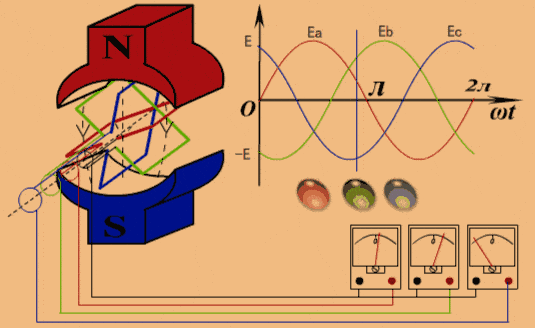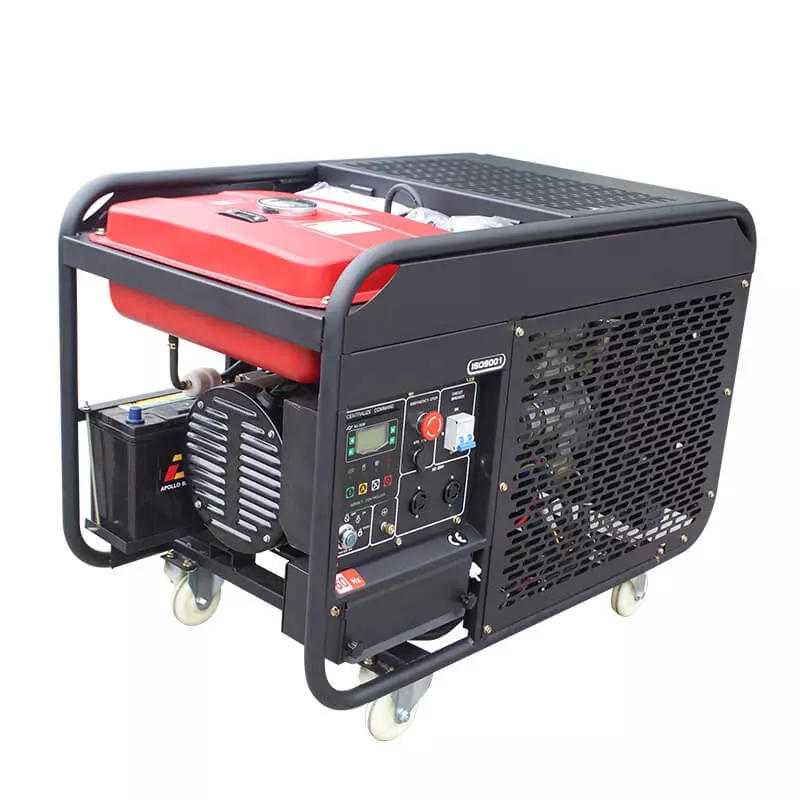Single Phase vs. Three Phase Generator
2021-09-24
Table of content
The application of generators in our daily lives is much more common than other machinery. When we buy generators, we often talk about single-phase generators and three-phase generators.
Single-phase generator:

In a single-phase generator, the stator has multiple windings connected in series to form a single circuit through which the output voltage is generated.
The voltages on all stator windings of the same phase are equal
For example, in a 4-pole generator, the four poles of the rotor are evenly distributed around the stator frame. At any given point in time, the position of each rotor pole relative to the stator winding is the same as any other rotor pole. Therefore, the voltages induced in all stator windings have the same value and amplitude each time and are in phase with each other.
Series connection of stator windings
In addition, because the windings are connected in series, the voltage generated in each winding is added to produce the final generator output voltage, which is four times the voltage across each individual stator winding.
Common voltage of single-phase generator
? 120
? 240
? 120/240
Three-phase generator:

In a three-phase generator, the three single-phase windings are spaced apart so that there is a 120° phase difference between the voltages induced in each stator winding. The three phases are independent of each other.
Star or Y configuration
In a star or Y connection, one lead of each winding is connected to form a neutral wire. The other end of each winding, called the end end, is connected to a line terminal. This produces a line voltage that is greater than the individual voltage across each winding.
Triangle configuration
In the delta configuration, the start of one phase is connected to the end of the adjacent phase. This produces a line voltage equal to the phase voltage. Electric utilities and commercial generators produce three-phase electricity.

Common voltage of three-phase generator
? 208
? 120/208
? 240
? 480 (the most common voltage for industrial generators)
? 277/480
? 600 (mainly used in Canada)
When deciding which type of generator is best for your environment, one of the main concerns should be to ensure that you get the correct electrical configuration. The electrical configuration usually includes the phase, voltage, kilowatt, and hertz that best suits your application.
For small single-phase loads, single-phase generators usually do not exceed 8kW. They are usually used in residential environments. Three-phase generators are mainly used for larger industrial power generation. These generators can provide single-phase and three-phase power to run higher horsepower industrial equipment. They are usually used in business environments.
You can convert single-phase power to three-phase power, and sometimes you can get about 20-30% kW of rated output power. You can also switch from three-phase to single-phase, which will reduce your kW output rating by about 40%. For example, a 100 kW three-phase generator will drop to about 60 kW when converted to single phase.



